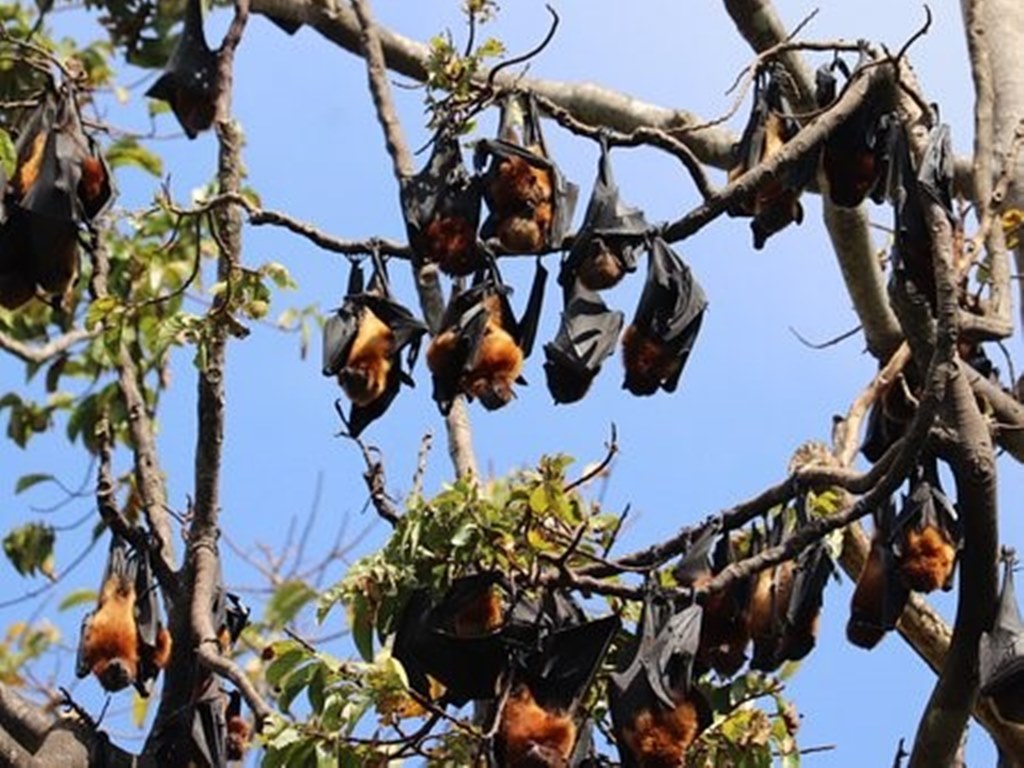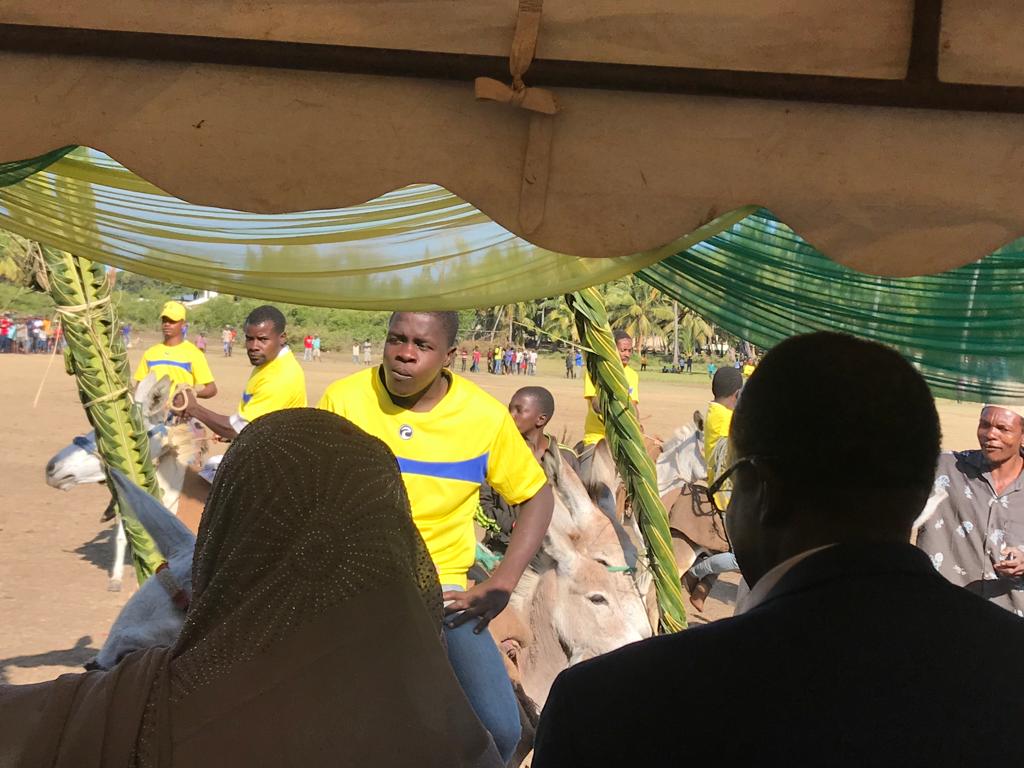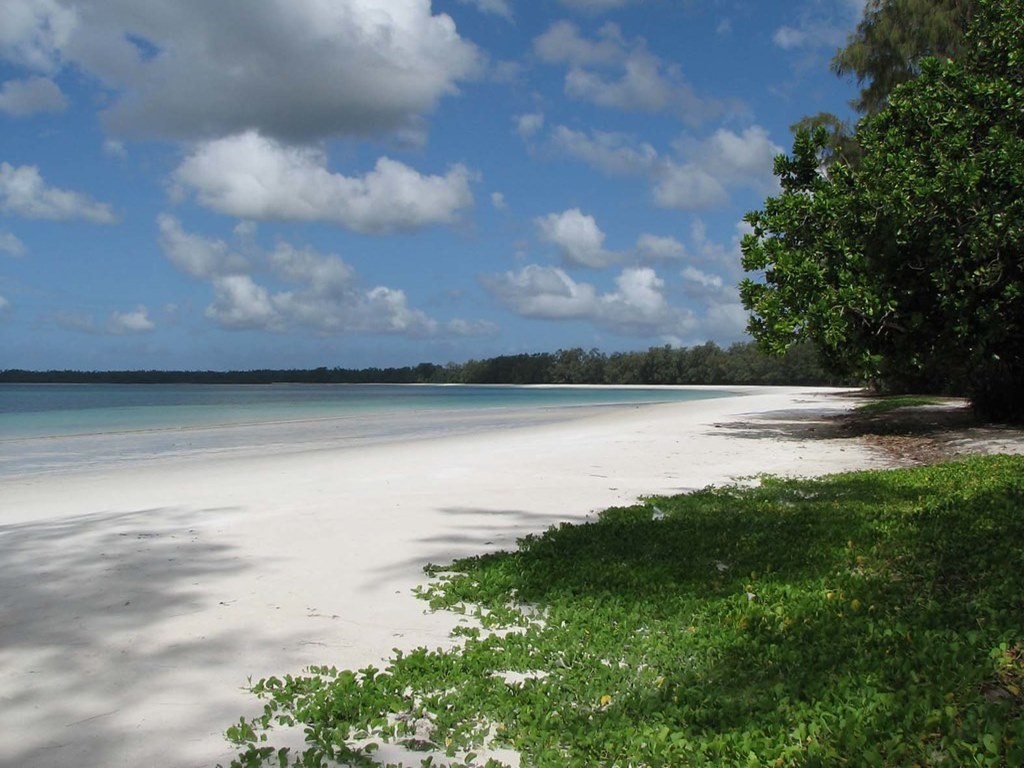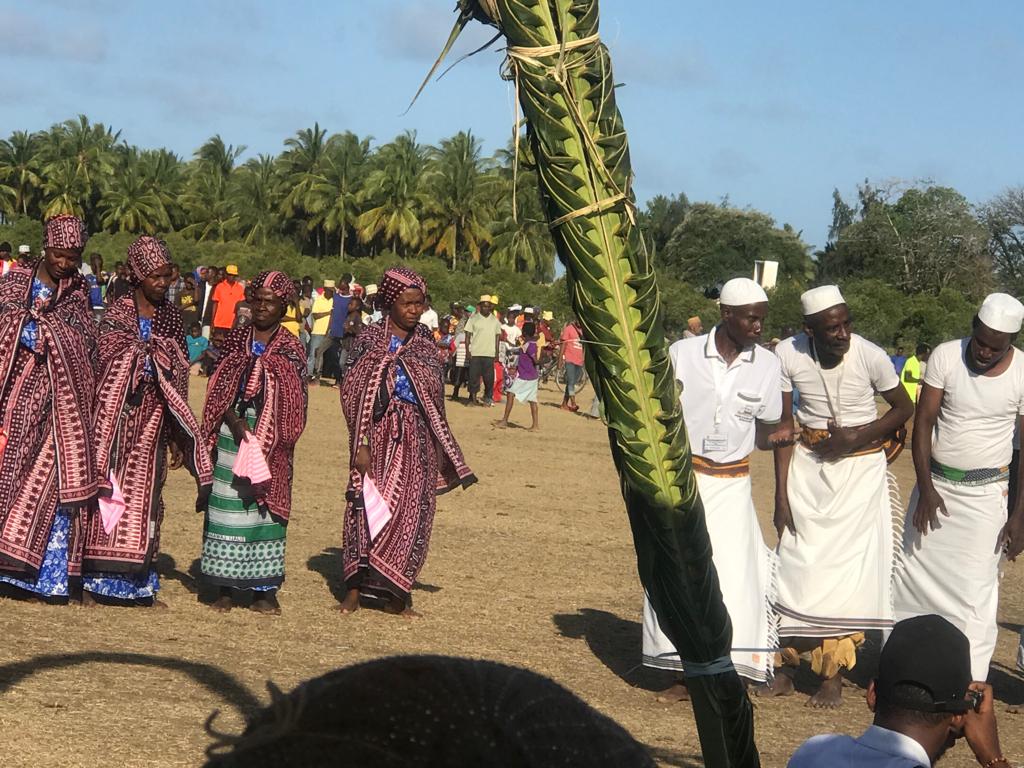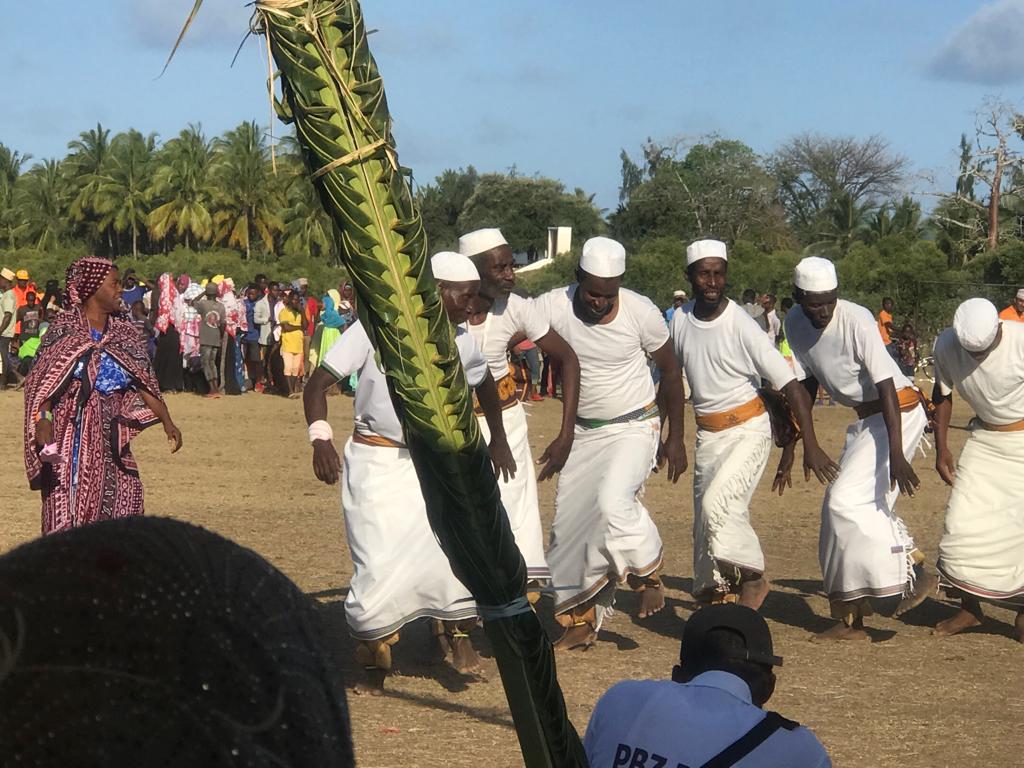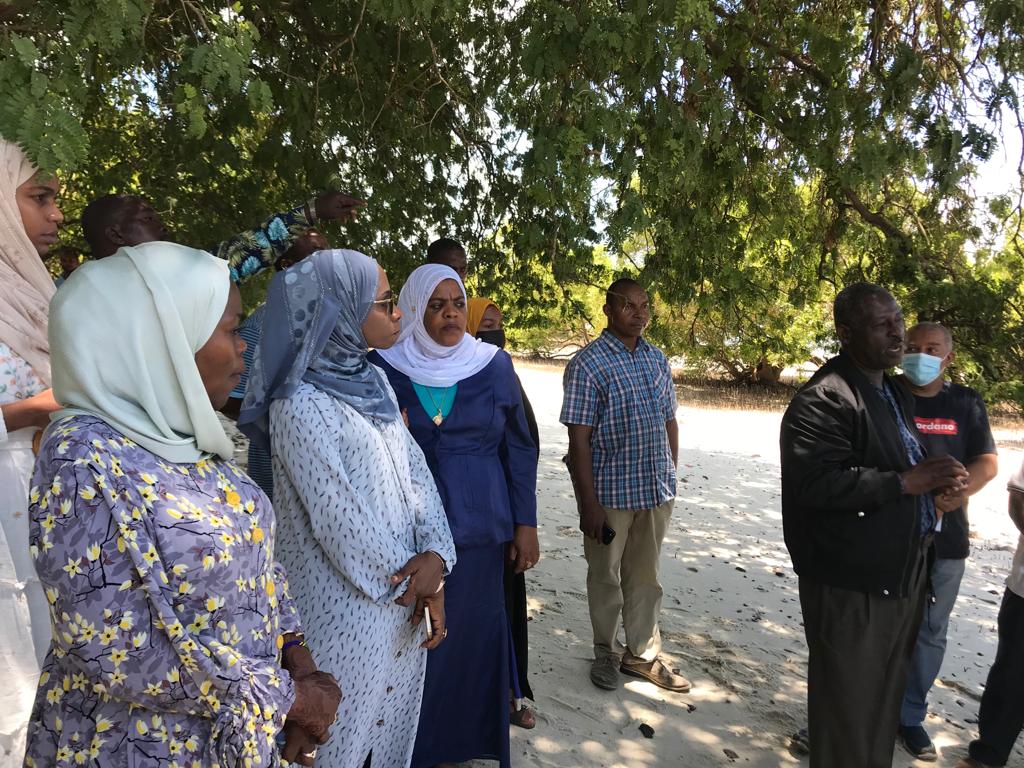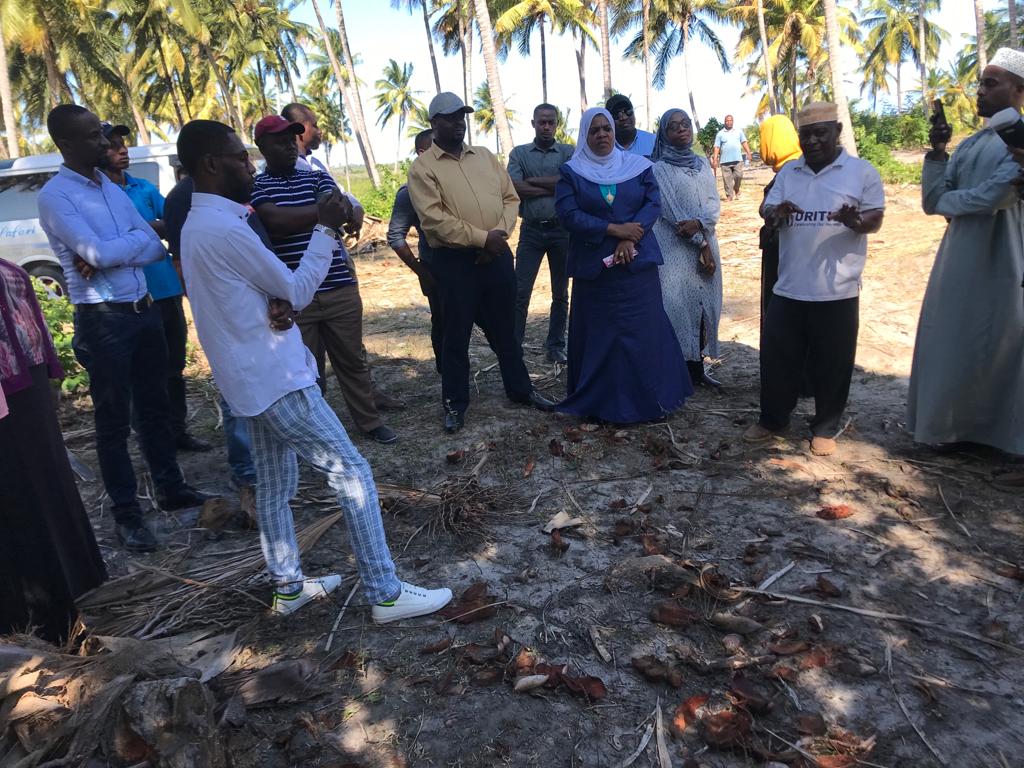Pemba Island – is well known in the world for scuba diving having some of the cleanest waters and dramatic drop-offs in the world. There are but a handful of resorts on the island developed for tourism, so the local population continues to coexist with the natural environment they live in, practicing fishing and subsistence farming.
Kwata Island – At the southern corner of the main Island Pemba there is an Island called Kwata, this Island is a home of thousands of different types of birds and as well a touchdown point for all those who are immigrating across the World. This Island is off the coast of Mkoani Town and can be reached either from Mkoani town or from Hotels. You will have an advantage and do not forget to pass by Makongwe Island while coming back from Kwata as you may have fresh coconut water to cool you down after being in the sun for a while.
Misali and Panza Island – Misali Island lies close to Pemba Island while Panza Island lies off Unguja – Zanzibar. Each has coastal forest and typical shore habitats. Like all small islands, they are limited in bird species but are attractive to migrants. Misali is noted for a small population of Ficher’s turaco, while on Panza brown-necked parrots occur. Panza also has large colonies of fruit bats and white-winged bats which attract bat hawks.
Misali – Surrounded by crystal waters and stunning coral reefs, Misali offers some of the best diving in East Africa, while snorkeling is spectacular and easily reached from the beach. Around the island, nesting turtles favor beaches on the western side, while on the northeast coast is Baobab Beach, with fine sand and a small ranger center (although the information here is limited).
The island is part of the Pemba Channel Conservation Area, which covers Pemba’s entire west coast. All divers, snorkellers, and beachgoers here must pay the admission fee. There are no permanent settlements, though the island is in active use by local fishermen, and camping is not permitted for tourists. Inland from the beaches are caves, believed to be inhabited by the spirits of ancestors.
Vumawimbi Beach – Stepping onto Vumawimbi, you may need to rub your eyes to check you haven’t gone to heaven, so idyllic is the view. Stretching along the east side of the Kigomasha Peninsula, and north of Ngezi Forest Reserve, not many outsiders come here, as all the hotels are on the west side, but it’s sometimes visited if the wind is from the west, as it’s more sheltered. It’s an isolated spot, so come with the company and a picnic.
Ngezi Forest Reserve – comprises a unique combination of vegetation types in Eastern Africa. In the Ngezi forest despite its coastal location, various tree species occur that on the East African mainland are only known to be found in lowland mountain forests e.g Quassia undulate. In addition, Southeast Asian species as well as some with Madagascan links are to be found e.g. Musa acuminate, Typhanodorun lindleyanum. Settlers have introduced some of the species while the origin of others is still a mystery. Furthermore, Ngezi has its own plants and animal species, and subspecies, which don’t occur anywhere else in the world. Such species are endemics. Thus the forest is without a doubt unique in a global sense.
Kidike Flying Fox Sanctuary – is home to a spectacular colony of Pemba flying foxes, a large bat indigenous to Pemba (called popo in Swahili). About 4000 individuals hang in a patch of trees, often taken to the air, clearly visible during the day, undisturbed by local people thanks to the proximity of a local burial site. There’s a small (and tumbledown) viewing platform so you can see more clearly.
Kidike is near Kangagani village, 2km east of the new main road between Chake Chake and Wete. If you have a vehicle, turn off the main road about 10km northeast of Chake (or drop here if you’re on public transport). Go through Kangagani village and the sanctuary is across some fields on your right. A guide/guardian will probably meet you and collect your entrance fee. If he’s not around, his phone number is scrawled on the wall of an unused building at the edge of the sanctuary.
ZSTC CLOVE OIL DISTILLERY – Pemba is well known for its clove industry, and this distillery is where the clove stems are turned into essential oil. It’s operated by the Zanzibar State Trading Corporation (ZSTC) and also here on occasion are cinnamon leaves, eucalyptus leaves, lemongrass, and sweet basil. The tour may be a little lackadaisical, but the process is fascinating. Go first to the office and a small shop selling the finished product (yes, enter through the gift shop) and arrange a guide.
The distillery is in the suburb of Machomane, about 1km north of the town center, east of the main road. You can take a dalla-dalla to the junction then walk, or arrange a visit through a tour company.
Chake Chake is the capital of Pemba. Often called simply ‘Chake’, it’s an appealingly scruffy place with a busy centre of shops and market stalls. Sights are limited, and the nearest beach is at Makoba (7km to the east), so Chake Chake is mainly used by visitors as a transport hub and starting block for deeper exploration on Pemba.
